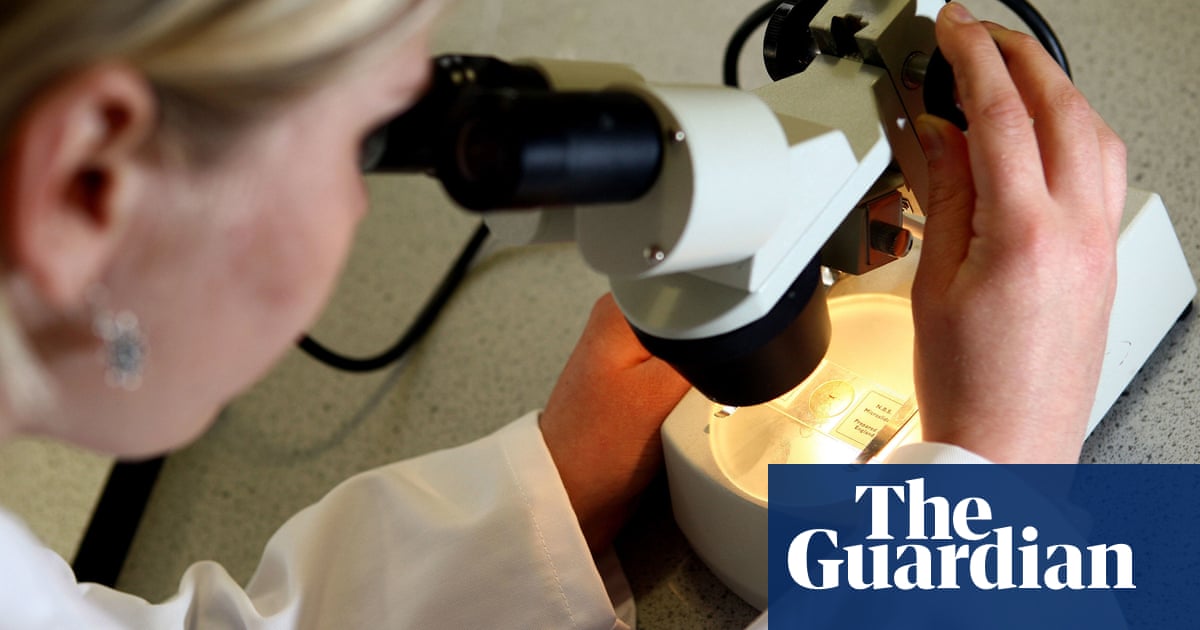
Scientists have reported early success in a trial of an experimental cell therapy for Parkinson’s disease, raising hope for patients.
Bemdaneprocel therapy is at an early stage, and the year-long trial involved just 12 patients, but the positive outcome is viewed as significant after decades of setbacks in the hunt for an effective treatment. Developed by BlueRock therapeutics, a subsidiary of the pharmaceutical company Bayer, it was shown to be safe and the data gave a tantalising suggestion that patients may have benefited.
“The data from this phase 1 open label study are extremely encouraging,” said Claire Henchcliffe, a neurologist at the University of California, Irvine, who was one of the study’s principal investigators. “While this is a small open label study, meeting the study’s primary objective for safety and tolerability along with initial improvements seen in clinical outcomes represents a great step forward. The hope now is that these trends continue and translate into meaningful benefit for people with Parkinson’s disease in controlled clinical trials.”
Parkinson’s is a neurodegenerative disorder in which dopamine-producing neurons are progressively lost, causing symptoms including a tremor, slow movements and muscle stiffness. By the time people are diagnosed, they have typically already lost more than half these specialised neurons. While there are treatments that can help control symptoms, there is nothing yet that can slow or reverse the progression of the disease.
Bemdaneprocel involves an injection into the brain of dopamine-producing neurons grown from human embryonic stem cells in the lab. The hope is that these replacement cells will integrate with existing brain circuits and reverse the effects of the disease.
The study found that the treatment was safe and did not cause significant side-effects. Specialised PET imaging scans showed that the injected cells had survived and appeared to have integrated. The trial was not designed to demonstrate the efficacy of the treatment but patients showed some improvements in symptoms, with those who received the high dose showing the biggest effects.
Parkinson’s symptoms tend to fluctuate and doctors use a tool called the Hauser diary in which patients record how much of the time they are affected by motor symptoms. Patients on the high dose showed an average improvement of 2.2 hours each day without troubling symptoms compared with their baseline before treatment. Patients on the low dose showed an improvement of 0.7 hours. A change of about an hour on the scale is generally viewed as the threshold for a clinically relevant effect.
Claire Bale, an associate director of research at Parkinson’s UK, said: “It’s great news, particularly that they’re able to crack on with phase 2 so quickly, and it’s great seeing the brain scans looking like the grafts are surviving.”
However, Bale cautioned that double-blinded studies were essential to confirm efficacy, and the placebo effect was a particularly strong confounder in Parkinson’s disease trials. This is because feeling excited and hopeful (as might be the case for trial participants) can trigger the release of dopamine, the chemical that is depleted as a result of the disease. This temporary dopamine rise can lead to an apparent improvement, even as neurons are continuing to be lost. “It’s a real biological effect,” Bale said.
Seth Ettenberg, the chief executive of BlueRock therapeutics, said: “It’s a very small patient population, we’re only following up to one year after being implanted with the cells and every patient knows they’re being treated with a potentially active treatment. That said, it’s incredibly exciting.”
"stage" - Google News
August 28, 2023 at 02:03PM
https://ift.tt/iDASCTb
Early-stage trial for Parkinson’s disease therapy shows signs of promise - The Guardian
"stage" - Google News
https://ift.tt/K462ylo
https://ift.tt/QRqZjDy
Bagikan Berita Ini















0 Response to "Early-stage trial for Parkinson’s disease therapy shows signs of promise - The Guardian"
Post a Comment